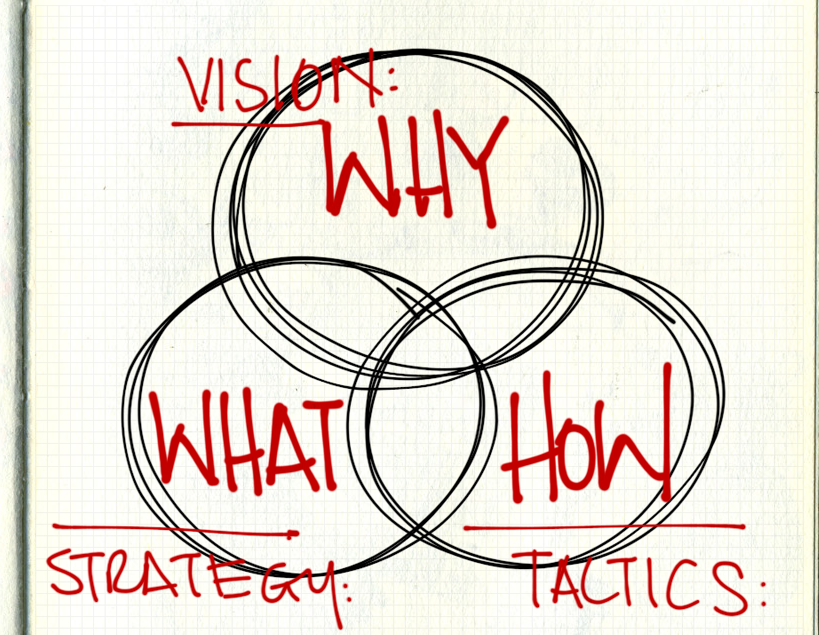Last evening, I read critically chapters 2 and 3, looking to find inspiration about how to improve the organization of the material there, which seems to lack clear structure. This was also motivated by concerns raised that the two sections in chapter 3 are somewhat disconnected.
This is what I came up with, and I leave this issue here as a warning that I plan to make some major edits on these two chapters.
Chapter 2 is Why we use Jupyter Notebooks—so let's keep the focus on why. The last passage of §2.1 gives clear guidance:
Through a series of anecdotes, we will illustrate [why we] use Jupyter notebooks to increase [our] students' 1) engagement, 2) participation, 3) understanding, 4) performance, and 5) preparation for their career."
We start with §2.1 But first, what is Jupyter Notebook?. >> Fine.
§2.3 heading "Course benefits & anecdotes" >> Learning benefits & anecdotes
This section starts going through these "why" items: Engagement (w/ anecdote), Participation (w/ anecdotes), Understanding (w/anecdote) ... then Performance has a passage on worked-example effect that makes no mention on how it's connected with notebooks (and lacks an anecdote>> TODO). The final sub-section, on preparation for their career, should be expanded to discuss Jupyter's wide adoption in industry (mention the ACM award), and needs an anecdote (TODO says Elizabeth will contribute one).
The next two sections—§2.4 Student benefits and §2.5 Instructor benefits—go astray. I want to remove these as section headings, and instead make Jupyter is free and open source software the next section heading. The passage on Active Learning should go in the sub-section on student performance (§2.3.4). The final section heading (before Conclusions) can be something like Diversity of usage modes and make an invitation to read coming chapter delving on this (Ch.3 & 7).
To sum it all, Chapter 2 is The Why (i.e., "vision").
Chapter 3, then, is The What (i.e., "strategy")
What we do as teachers using Jupyter in education has to do with 1) content delivery, 2) instructional design, 3) assessment and ensuring student success.
The first subsection, Oh, the places your notebooks will go!, is about content delivery. The Before you begin part (§3.2) is all about instructional design. We need a new sub-section at the end discussing assessment (formative and summative) and student success. I would move the previous passage on worked-example effect here (also, any other relevant mention on edu research supporting use of computation and notebooks).
Chapter 4, then is The How (i.e., "tactics")
We thus organize these chapters in the Why-What-How triad.





